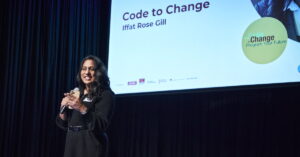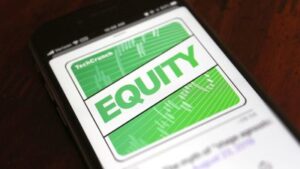The Indian EV market has been flourishing at a faster pace ever since the onset of the pandemic
A 16-20% increase in fuel prices, rising carbon emissions in the atmosphere, government incentives and policies like FAME II, all of which have made EVs a consumer’s first choice
To boost EV sales, equal weightage must be given to identifying early adopters and catering to their needs and desires, as well as increasing choices and better financing options
The Indian EV market has been flourishing at a faster pace ever since the onset of the pandemic. The year 2021-22 could be remembered as a watershed moment in the EV industry. Due to safety concerns about using public transportation at the time, the demand for owning a personal vehicle increased.
Along with that came a 16-20% increase in fuel prices, rising carbon emissions in the atmosphere, government incentives and policies like FAME II, all of which have made EVs the consumer’s first choice.
The market is closely reaching a point where the majority of the population is ready to purchase EVs.
For instance, total sales stood at 4,29,217 units for FY 2022, compared to 1,34,821 in the previous financial year, of which 54% is attributed to the sales of two-wheelers, If we closely examine the EV sales of countries on the verge of an inflexion point, we can identify two key commonalities.
Increased Choices
According to data, there were only 380 EV manufacturing companies in India till August 2021. This is a good start, but it is insufficient to meet the expectations and demands of 1.38 Bn people, as 92% of consumers compare brands and spend an average of 8.5 hours researching before making a purchase.
For instance, a similar situation was observed in the two-wheeler industry from 1955-1970 (initial phase). The top players at the time were Royal Enfield, Lambretta, Vespa, and Ideal Jawa Pvt. Limited and Rajdoot’s Yezdi (250 ccs). Over time, however, liberalisation was implemented, and a number of brands were added to the list, making the market more competitive. This clearly demonstrates why product selection is important for increasing sales.
As a result, consumers’ interests and preferences undergo a paradigm shift. People’s preferences and needs may vary from person to person and generation to generation. For example, millennials and Generation Z in India prefer high-performance, feature-rich, and vintage two-wheelers over utility bikes. This holds true for electric vehicles as well.
At the moment, EVs are divided into two categories: high speed and low speed. As a result, EV sales will increase if brands are successful in meeting the needs and demands of this segment.
Ease Of Buying
The greatest value proposition of EVs is, indeed, operational savings. However, a low TCO would not be sufficient to drive EV adoption in the country. Making EVs affordable to millions of Indians accomplishes this. When purchasing an electric vehicle, many buyers express concern about the higher upfront cost.
However, the higher price is primarily due to battery costs. Due to inaccessible financing options, nearly 30% of EV sales in India are lost.
However, two-wheelers dominate the Indian transport sector. With over 200K electric vehicles sold in India and 65% of consumers choosing to finance their electric vehicles, EV adoption can be scaled at a much faster pace. This is possible only if lenders and NBFCs can cater to the needs of these people by commercialising and channelling affordable finance.
Conclusion
According to the modern marketing approach, the successful launch of a novel idea or product requires understanding who our target customers are and what adoption pattern they are following.
Early adopters are the most important category in the consumer adoption pattern because they represent industry visionaries and opinion leaders, and they have the power to influence the purchasing decisions of the next set of buyers lined up (early majority, late majority, etc.).
To boost EV sales, equal weightage must be given to identifying early adopters and catering to their needs and desires, as well as increasing choices and better financing options.










